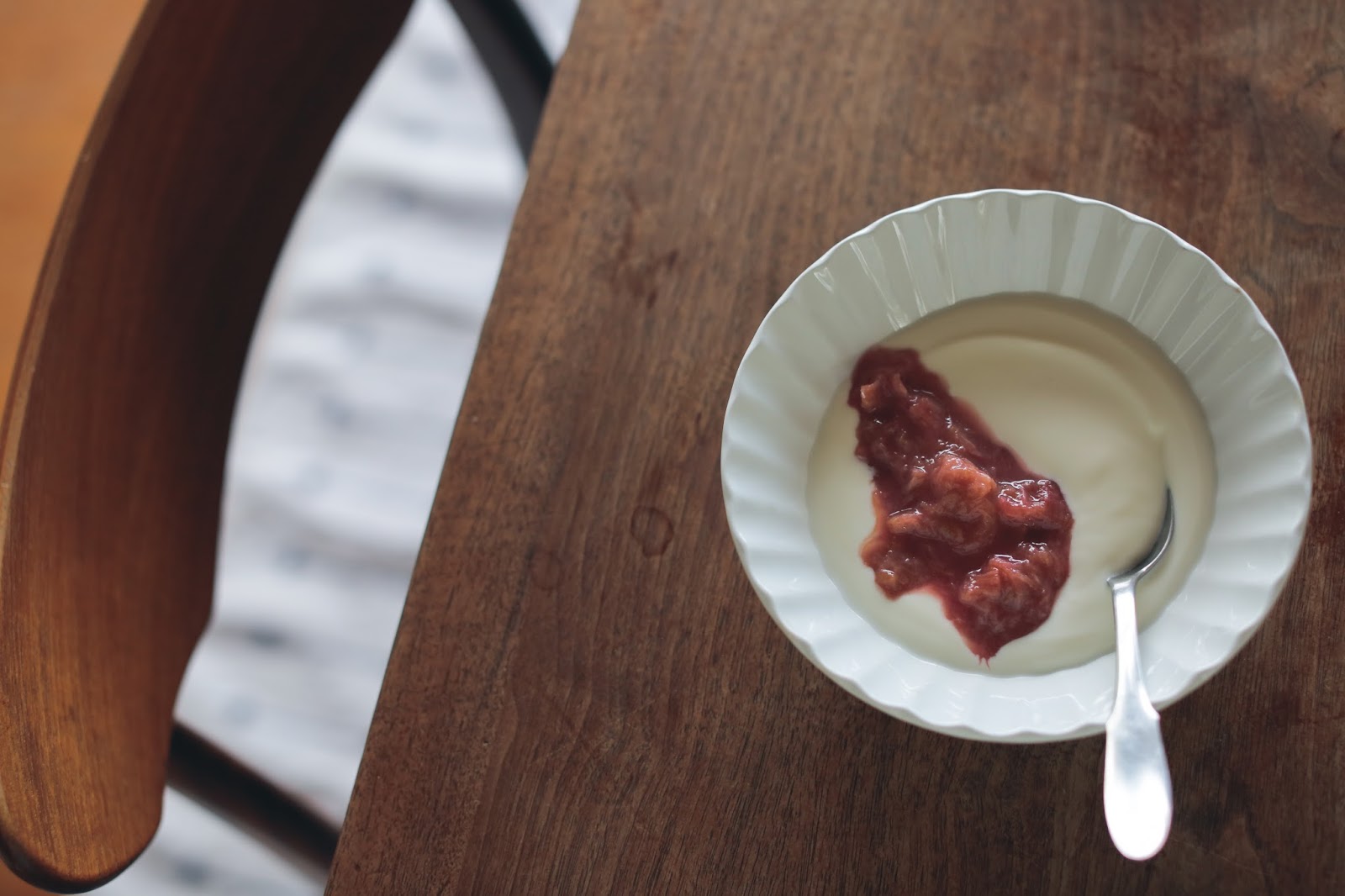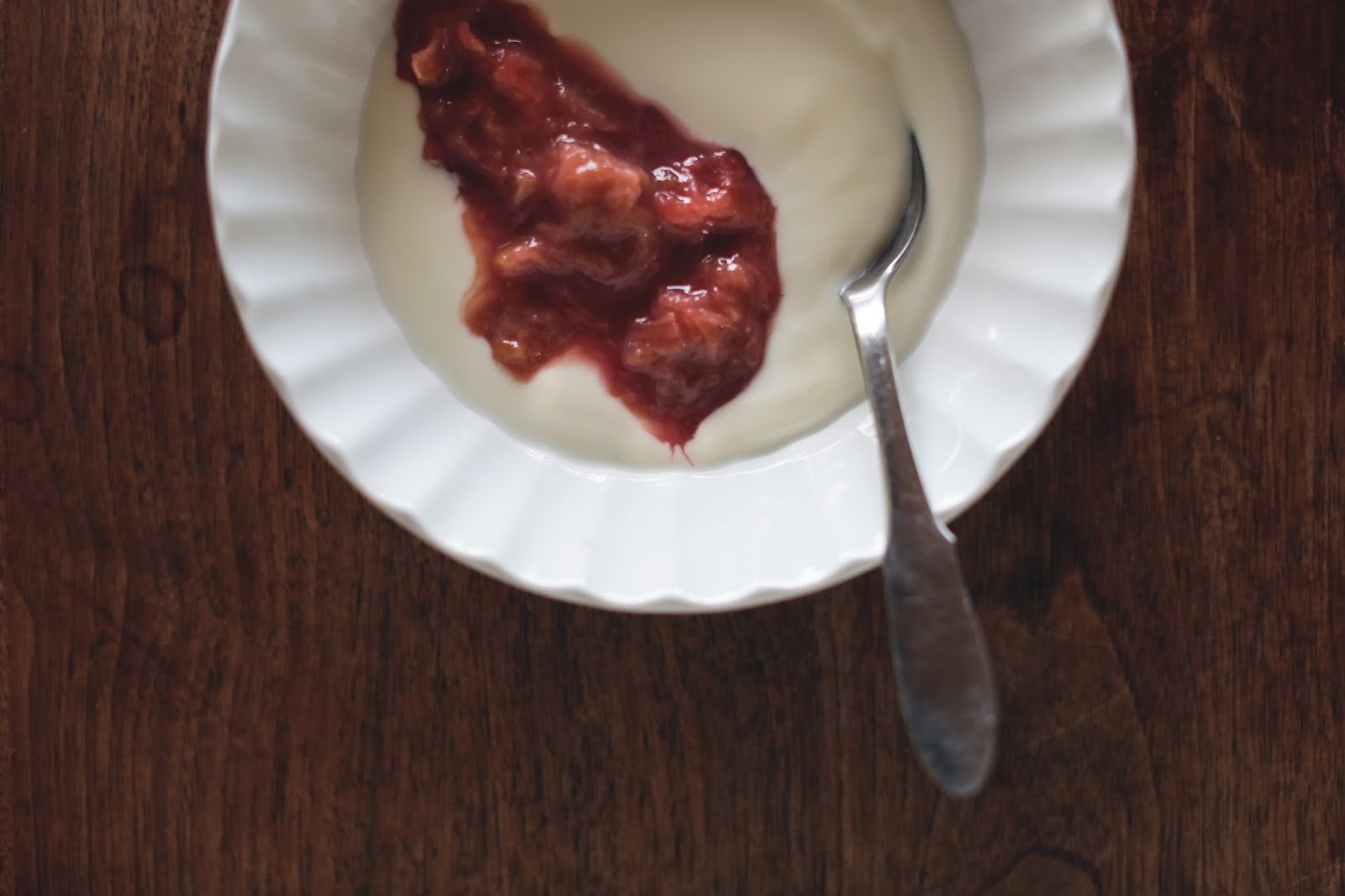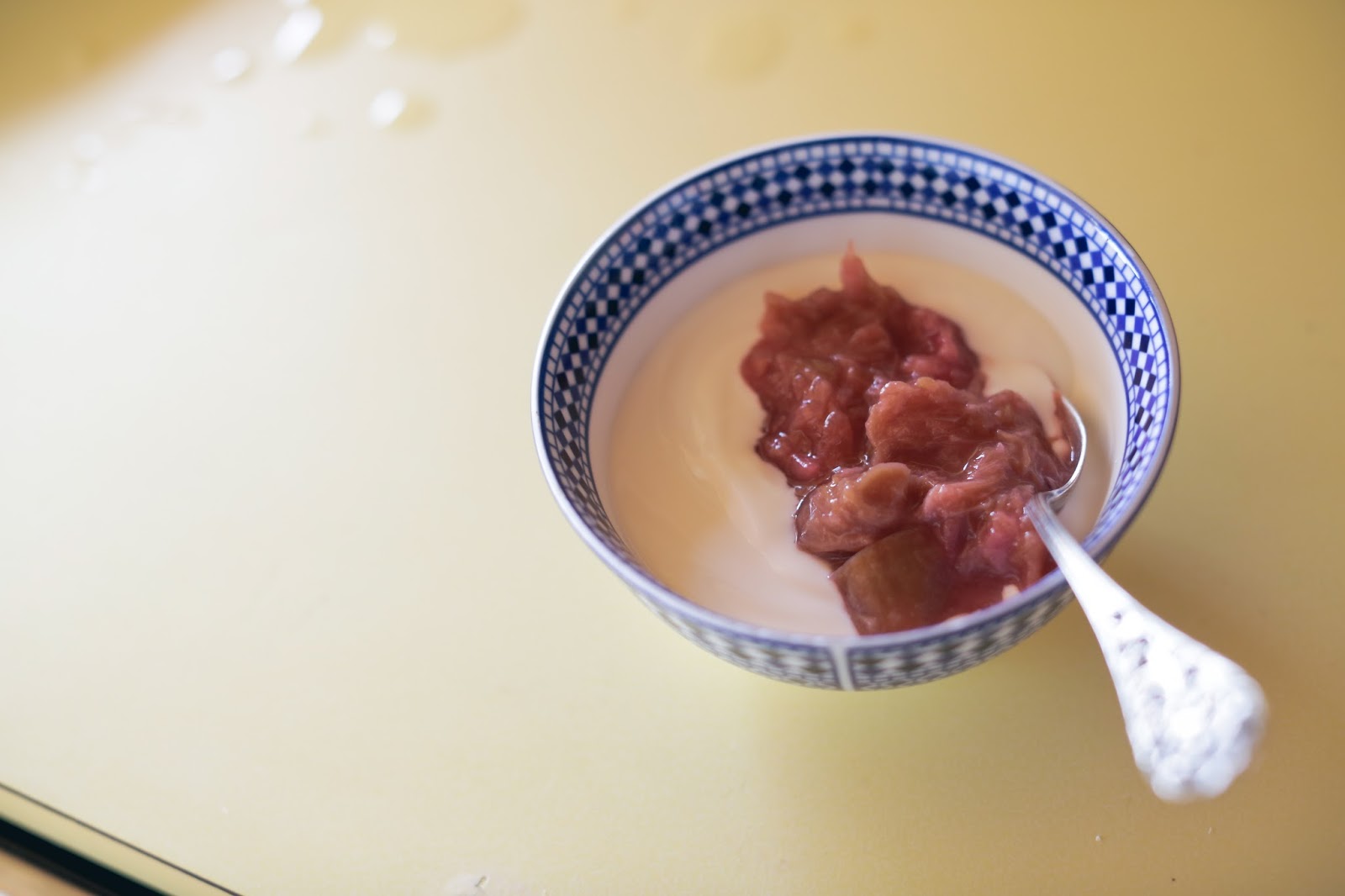You win
When I moved to Seattle, I lived a gray shingled apartment building on Northeast 67th Street, a speedy bus ride to the UW, where I had just started school. My apartment had deep-pile carpet the color of weak tea and a floodlit view of a parking lot, but it was mine, mine mine mine mine mine mine mine. Even getting a utilities bill was exhilarating: it was in my name! I bought cheap produce at the stand a few blocks east, found a good Thai curry place a few blocks to the west, and got takeout from an Indian restaurant down the street. I started this blog in that apartment in 2004, and I lived there when I met Brandon in 2005. At some point around then, before he moved to Seattle in 2006 and we packed up my stuff and hauled it to the Ballard duplex we’d rented, somebody told me about a restaurant nearby called Eva. It was small, well-regarded, a polished neighborhood place with a menu closely tied to the seasons, the kind of menu that used kale before any of us knew the word, let alone dreamed of uniting it with the word chip. I was still a student, and most days, I couldn’t afford a restaurant like that. But somebody told me that Eva had a spectacular young pastry chef, a woman named Dana Cree, so I saved up, or maybe I waited until my mother came to town, and I went.
Dana was doing a series of throwback desserts, I think – if I’m getting this wrong, and I’m almost certainly getting it wrong, I hope she will tell me – and I seem to remember having a sexed-up homemade Ding Dong, and maybe a chocolate rice pudding with caramelized Rice Krispies on top, and a butterscotch pudding, dark and rightly salted. Dana’s food was playful and intelligent, irresistible, impeccable, each flavor and thing in its best possible form. We followed her to Poppy, where you can still, and should, get her Nutter-Butter Squares* (crispy! creamy! crackly!), and then she moved to Chicago, lucky Chicago, where she is now pastry chef at Blackbird. This year, for the second year in a row, she’s a nominee for Outstanding Pastry Chef in the James Beard Awards.
Also: she has a great rhubarb compote recipe.
Nine years ago, Dana had a blog**, and on that blog, she posted what she called Orange Rhubarb Compote, or what I call Dana’s Rhubarb Compote. It’s simple, and it’s perfect, and every spring, almost a decade later, it’s still the rhubarb recipe that I think of first.
I’ve already got plenty of rhubarb recipes, and you probably do, too. A lot of days, I think the best thing you can do with rhubarb is roast it, period. All the other days, though, I think of Dana’s rhubarb compote, cooked on the stovetop until it’s thick, spiked with orange liqueur and softened with butter. It comes together in twenty minutes and keeps for a week, easy. And though there’s booze in there, it’s not boozy; the orange liqueur is there to support the rhubarb flavor, to underline it, amplify it, join in the chorus. The butter, for its part, is also there to quietly support, smoothing the rough edges from the rhubarb and giving it a subtle, welcome roundness. Dana’s rhubarb compote might be my very favorite thing to stir into a morning bowl of plain yogurt, less sweet and softer than my second favorite, jam. You could also serve it with shortcakes and whipped cream, as a sauce for ice cream, spooned into pavlova, slathered on pancakes or waffles or French toast, or – my friend Matthew’s idea – on top of a toasted English muffin spread with mascarpone. In general, I like it icy cold from the fridge, though June prefers it warm from the saucepan. Any way, you win.
*Update: Tim at Lottie + Doof just changed the world by posting this recipe. HOT DAMN. Check it out.
**Another update: as a commenter pointed out, Dana still has a blog, a newer one. Thank you for catching that, Dave! Here it is.
Dana's Rhubarb Compote
Adapted from Dana Cree
Over the years, I’ve tweaked this recipe slightly. Her version suggests halving the rhubarb stalks lengthwise before slicing, so you wind up with 1-cm cubes; I get lazy and just cut the stalks crosswise into chunks. The chunks are still small enough that some break down during cooking, while others just get soft and plump, making for a variation in texture that I like very much. As for sugar, Dana’s version uses ¾ cup sugar for 1 pound rhubarb, but I’ve come to prefer mine with slightly less, roughly a scant 2/3 cup. I know that ¾ cup, or even 2/3 cup, might sound like a lot, but the rhubarb can take it. You could use less, sure, but keep in mind that the sugar also helps thicken the rhubarb’s juices and give the compote its body, so if you cut back too much, the texture will be different. The most recent time I made it, I doubled the recipe and used 1 ¼ cups of sugar, just FYI.
In a medium bowl, toss the rhubarb with the sugar. Set it aside while you melt the butter in a heavy medium saucepan over medium heat. When the butter has melted, add the rhubarb, the sugar, and the orange liqueur. Allow to cook, undisturbed, for about 2 minutes, until the rhubarb begins to release its juices. Then gently stir, and continue to cook over medium heat, stirring occasionally, until the rhubarb is very juicy and those juices begin to thicken. The compote is ready when the rhubarb is tender and beginning to fall apart and the juices look thick, about 10 to 15 minutes. This is a cook-it-until-it-looks-right-to-you situation: trust your judgement.
Store in an airtight container in the refrigerator, and serve cold, cool, or warm.
Yield: maybe 1 pint? I always forget to measure




